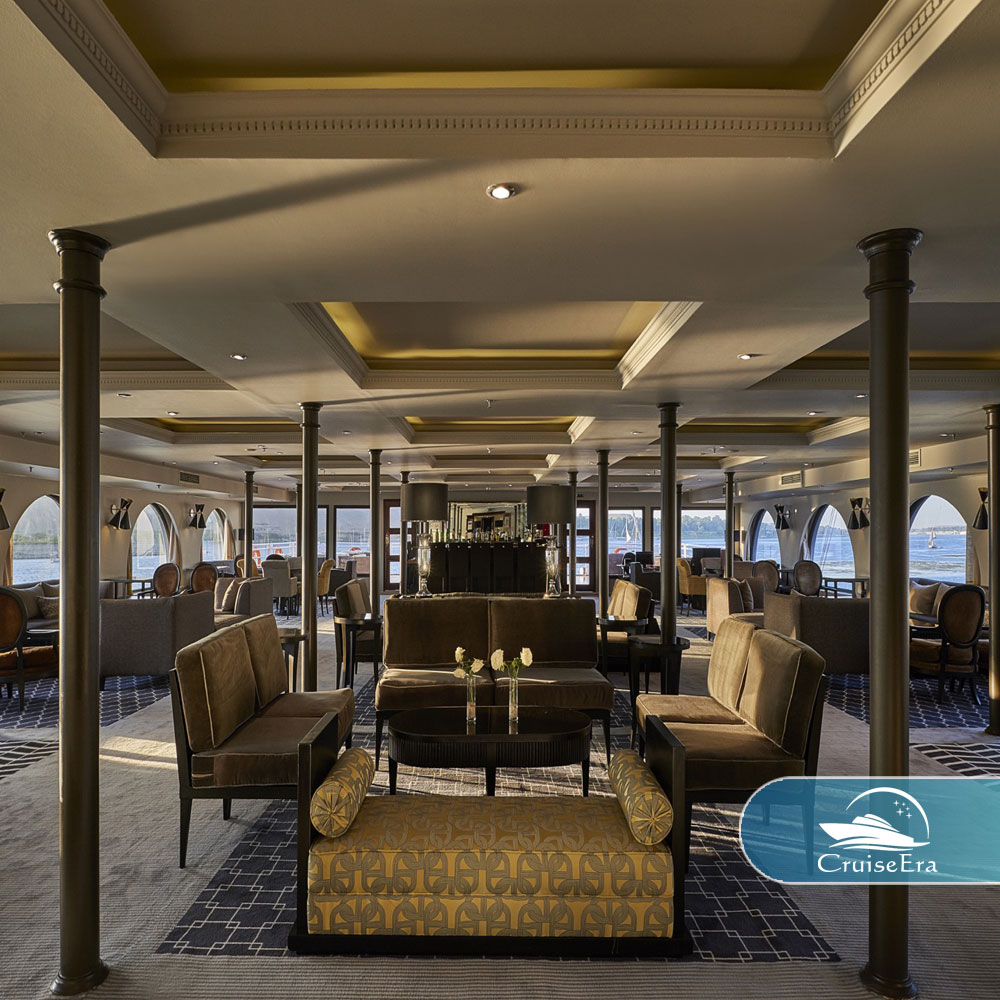Elephantine island
It is a Nile Island located in the city of Aswan. Its area is about 1,500 meters in length and 500 meters in width. The bulk of the population of Elephantine Island is Nubian. It has the Movenpick Hotel, a large area of palm trees, the Aswan Museum, and the remains of stone temples from different eras.
The island In the past, Elephantine was called “Abu” Island, meaning “the Elephant”, considering that the island was a commercial center for receiving African ivory. Then the name in Greek changed to Elephantine, which means “elephant’s ivory.”
The most important archaeological landmarks on the island:
There are temples on the island of Elephantine dating back to different eras. The most important of these temples is the Temple of “Set,” which is considered the most important deity on the island. There is an early temple for her from the era of the First and Second Dynasties, another temple from the era of the Sixth Dynasty, and a temple from the era of King “Senusret I”. The middle one, and a temple from the reign of Queen Hatshepsut from the New Kingdom era, and the “Khnum” temples from the Ptolemaic and early Roman eras.
Features of Elephantine Island:
The island is famous for its shrine known as “Haqaib”, who is considered one of the most important rulers of the city during the era of the Sixth Dynasty. The shrine includes statues of “Haqqaib” and “Sarnbut I” and many rulers and princes during that era. There is also a shrine in the southern part of Elephantine Island.
Also in the eastern part of Elephantine Island is the “Nilometer”. This gauge dates back to the Ptolemaic era and was designed through stone steps descending directly into the Nile River.
Description of Elephantine Island:
To the right and left of the stairs, there are various signs and numbers dating back to Greek and Arabic. This scale was renewed during the reign of Khedive Ismail, as shown on the left wall. The Nilometer is used to calculate the increase and decrease of the Nile flood.
As for the Aswan Antiquities Museum, it was built in 1898 as an administrative residence for a man. Engineers of the Aswan Reservoir, and this dwelling was converted into a museum of Aswan antiquities in 1917 AD. It includes antiquities that were discovered in Aswan Governorate, the areas of Nubia, and Elephantine Island from various ancient Egyptian eras, as well as from the Ptolemaic, Roman, and Islamic eras.
Elephantine Island is also famous for Nubian handicraft activities, such as making dishes from fronds. Palm trees as well as trade in Nubian products.
Egypt Tours to Elephantine Island
-
The Al Kahila Nile Cruise allows you to see the historic structures and temples of Luxor. Visit the Valley of the Kings and the Karnak Temple to learn about a 5,000-year-
-
The Sonesta St. George 1 Cruise Ship, is a 5-star distinguished world of upscale hospitality and personalized service provided by a committed crew. Sonesta St. George Nil
-
The Royal La Terrasse is a five-star Deluxe Nile Cruise sailing between Luxor and Aswan (or vice versa) for three, four, or seven nights. Aboard the Royal La Terrasse cru
-
Farah Nile Cruise offers 60 Deluxe cabins and 2 Royal Suites. All cabins and suites are equipped with LCD TV, mini bar, private safe box, internet connection, a private b
-
From $1440 🎗 10% OFFAswan, Cairo, Egypt, Luxor

 Sale! Add to cart
7 Days Deluxe Nile cruise + Domestic Flights
Sale! Add to cart
7 Days Deluxe Nile cruise + Domestic Flights7 Days Tour To Egypt with Cairo, Aswan, Luxor, and Nile Cruise
Rated 5.00 out of 5Nile Cruise$2,000.00$1,600.007-Days Tour To Egypt with Cairo, Aswan, Luxor, and Nile Cruise Egypt Cruis Era provides you with a 7 days tour to Egypt that covers the essentials of Cairo, Aswan, Luxo -
Cruise the historic Nile from Aswan to Luxor in elegance on the Mövenpick MS Sunray, following in the footsteps of the pharaohs. With an elegant and traditional design,














